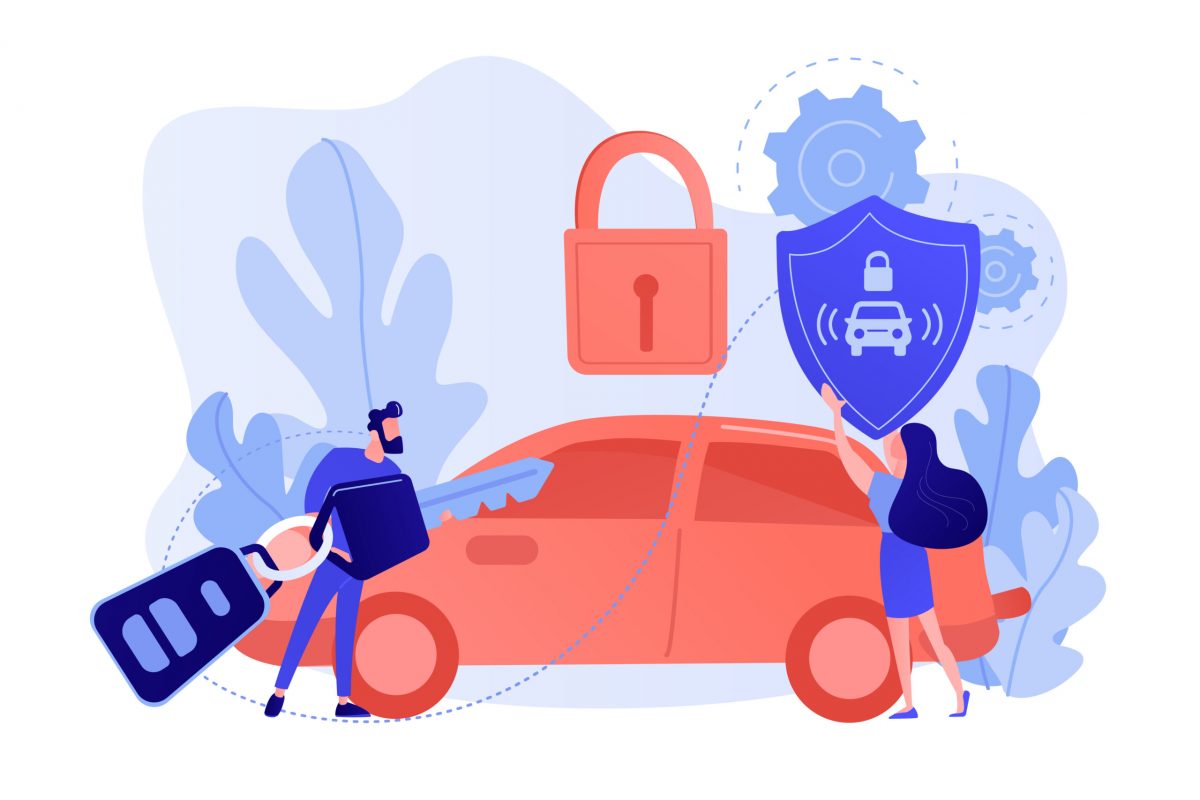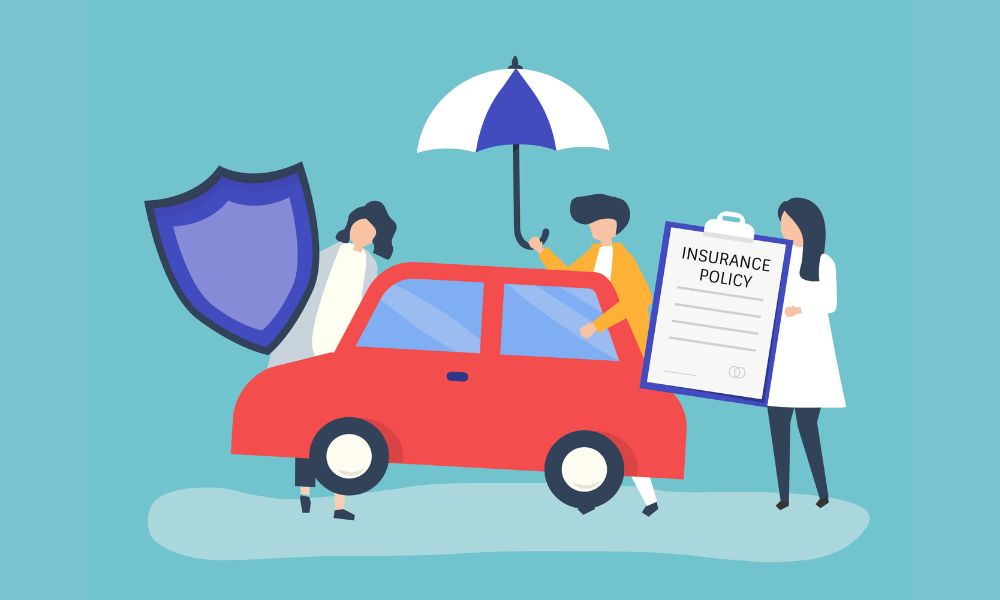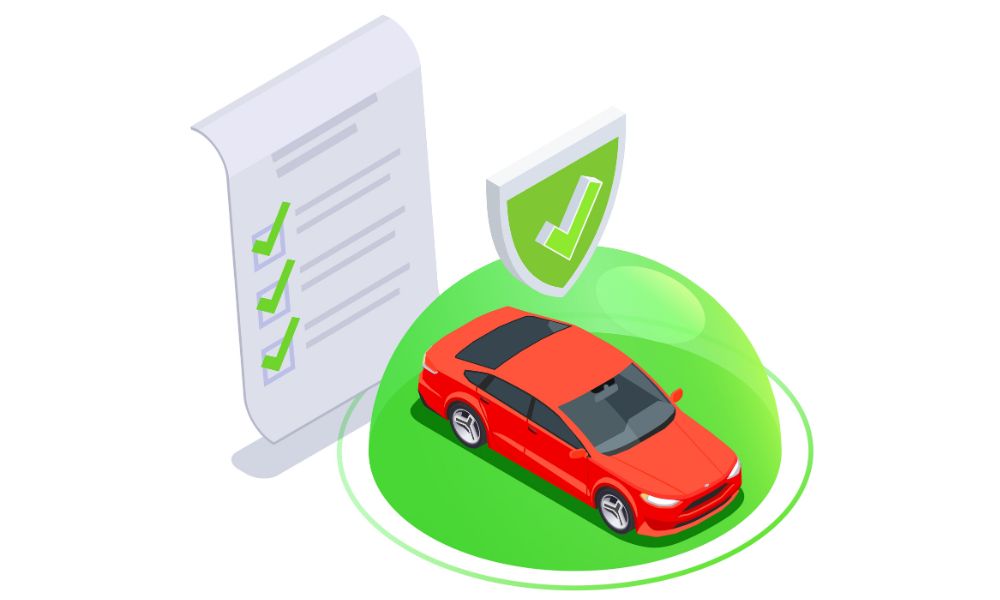Ah, the intricacies of automobile insurance. One minute, you’re breezing through signing the contract, entranced by the promise of coverage and protection. The next, you’re squinting at the fine print, scratching your head at the baffling legal jargon, and wondering what on Earth you’ve just signed up for.
If this scenario sounds all too familiar, believe me, you’re not alone. Just about everyone has found themselves puzzled by the complexities of their insurance policy at one point or another. Let’s face it, understanding the intricacies of automobile insurance isn’t exactly a walk in the park. With a litany of unfamiliar terms, convoluted explanations, and elusive clauses, it can feel like you need a law degree just to figure out what your policy actually covers.
That’s why I’ve decided to discuss this topic today, to help you decode and make sense of that often daunting and confusing fine print in your automobile insurance policy. Because let’s be honest – no one should need a translator to understand a service they’re paying for.
The Importance of Understanding Your Automobile Insurance
You might be wondering, “Why bother? Can’t I just trust that my insurance company has got me covered?” While it would be nice to live in a world where that’s the case, the reality is a bit different. See, not understanding your automobile insurance can potentially lead to serious headaches down the line.
Imagine this. You’re in a fender-bender. Nothing too serious, but it’s going to need some fixing. Naturally, you think, “That’s what I’ve got insurance for, right?” But then, you learn your policy doesn’t cover the kind of damage your car has sustained. Surprise, surprise, you’re left footing the bill, all because of a misunderstood or overlooked clause in your insurance policy.
These kinds of situations happen more often than you’d like to think. And they’re exactly why understanding your automobile insurance policy, right down to the nitty-gritty details, is so crucial. It’s all about protecting yourself, your assets, and your peace of mind.
By truly understanding your insurance policy, you arm yourself with knowledge. Knowledge of exactly what your policy covers and what it doesn’t, how much you’re liable for in different scenarios, and when and how your insurance company will step in to help. This knowledge can be the difference between a minor hiccup in your day, and a major dent in your wallet.
In the following sections, I’ll be breaking down some of the key components you’ll likely find in your automobile insurance policy. By the end, my goal is for you to feel confident in understanding exactly what you’re getting from your insurance, and more importantly, what you’re not. Let’s get started, shall we?
The Key Components of Your Automobile Insurance Policy
Now, let’s get down to business and talk about the heart and soul of your automobile insurance policy. Generally, there are four major components you’ll find in your policy: Liability coverage, Collision coverage, Comprehensive coverage, and Uninsured/Underinsured motorist coverage. Each of these plays a distinct role in protecting you and your vehicle. Here is a breakdown:
- Liability coverage
In the world of auto insurance, liability coverage is like your trusty sidekick. It’s there to protect you when you’re at fault in an accident, covering the costs of injury or property damage to others involved. However, not all liability coverages are created equal. Your policy will specify a limit, which is the maximum amount your insurance will pay out for a single accident.
It’s important to note, any costs beyond this limit would come out of your pocket. Yes, you heard it right. Your pocket. So, you might want to consider a higher limit if you have significant assets to protect. Remember, in the unfortunate event of a lawsuit, you’ll want your trusty sidekick to have enough muscle to defend you.
- Collision coverage
Now, let’s talk about collision coverage. It’s your financial safeguard if your car gets damaged in an accident, regardless of who’s at fault. Whether you hit another car or a tree, your collision coverage steps in to cover the repair costs.
But here’s the kicker – it’s subject to a deductible. This is the amount you have to pay before your insurance kicks in. For example, if your deductible is $500 and the damage repair costs $2000, you’ll pay the first $500 and your insurance would cover the remaining $1500. Keep this in mind when choosing your deductible; a higher deductible means lower premiums, but more out-of-pocket costs if you have a claim.
- Comprehensive coverage
Despite its name, comprehensive coverage doesn’t cover everything, but it does protect you against damage not caused by a collision. We’re talking about events like fire, theft, vandalism, or natural disasters – you know, the kind of stuff that makes you go, “Well, I didn’t see that coming!”
Like collision coverage, comprehensive coverage also comes with a deductible. It’s a good idea to consider how much you could afford to pay out-of-pocket if your car is stolen or damaged in a non-collision event when setting your deductible.
- Uninsured/Underinsured motorist coverage
Last but not least, we have uninsured/underinsured motorist coverage. As the name suggests, this coverage kicks in if you’re in an accident with a driver who either doesn’t have insurance or whose insurance isn’t enough to cover the costs of the accident. In such cases, your insurance would step in to cover your medical bills and potentially, damage to your vehicle.
I know that’s a lot of information to take in but remember, these are the basic protections your automobile insurance policy offers. Each one plays a critical role in keeping you financially secure when you’re on the road.
The Fine Print: Unpacking the Lesser-Known Terms in Your Policy
Let’s face it – the insurance world has its own language, and it’s not always easy to decipher. Now that we’ve covered the major components of your policy, it’s time to dig into the fine print, the less-discussed yet equally important terms and conditions.
- Definition of lesser-known terms
- Actual Cash Value (ACV): This refers to the value of your car at the time of a loss, taking into account depreciation. It’s what your insurance company will pay out if your car is a total loss or stolen and not recovered.
- Endorsements: These are amendments to your insurance policy. They can add, remove, or modify your coverage, so it’s always important to review them closely.
- Exclusions: These are specific situations or circumstances where your policy won’t provide coverage. For example, damage caused by wear and tear, racing, or using your vehicle for a rideshare service might be excluded.
- Premium: This is the amount you pay for your insurance policy. It can be influenced by many factors including your age, driving record, where you live, and the type of car you drive.
- Impact of these terms on your policy
Understanding these terms can drastically affect how you perceive and use your insurance. For example, knowing your car’s ACV can guide you when deciding whether to make a claim. If your car’s ACV is less than your deductible, making a claim might not make sense.
Similarly, understanding what your policy excludes ensures you aren’t caught off guard when certain damages aren’t covered. And knowing how your premium is calculated can empower you to make changes to potentially lower your costs.
- How to negotiate or discuss these terms with your insurance provider
Just because these terms are written in your policy doesn’t mean they’re set in stone. You can always discuss your policy’s terms with your insurance agent. For instance, you can inquire about how you might lower your premium or what endorsements could be beneficial for your situation.
Understanding your policy’s fine print can feel overwhelming, but it’s worth your time. These details can significantly impact your coverage and cost, and being proactive about understanding them can save you a great deal of stress (and possibly money) down the line. Up next, I’ll share some tips to make the process of decoding your automobile insurance easier.
Tips for Decoding and Understanding Your Automobile Insurance
Now let’s spill the beans on some practical strategies for decoding and understanding your automobile insurance policy.
- Don’t rush through it: It’s tempting to skim through your policy or even just skip straight to signing. But trust me, it pays to take your time. Set aside a quiet moment to go through your policy with a fine-toothed comb.
- Make a note of unfamiliar terms: Come across a term you don’t understand? Jot it down. Research it or ask your insurance agent to clarify. Remember, no question is a stupid question when it comes to understanding your coverage.
- Regularly review your policy: Even if you’ve read your policy cover to cover, don’t just file it away and forget about it. Make it a habit to review your policy regularly, especially if there’s been a change in your circumstances (like getting a new car, moving, or adding a driver).
- Use online resources: There are a ton of great online resources out there that can help you understand the ins and outs of automobile insurance. Websites like the National Association of Insurance Commissioners (NAIC) provide easy-to-understand explanations of common insurance terms and concepts.
- Consult an independent insurance agent: If you’re feeling overwhelmed, consider seeking help from an independent insurance agent. They can help explain your policy, answer any questions you have, and even suggest changes to better suit your needs.
So those are my top tips for decoding your automobile insurance. Remember, the key here is to be proactive and not shy away from asking questions. Your insurance policy is there to protect you, but it can only do that effectively if you fully understand what it does and doesn’t cover.
Conclusion
I’ve unpacked everything from major coverage components to the fine print, including some tips for understanding it all, so hopefully you have a bit more of an understanding about your insurance policies and fine print. You should be equipped with the knowledge to navigate your policy confidently, and hopefully, feel a bit more at peace with that paperwork you once found daunting.
Understanding your automobile insurance isn’t a one-time task, but an ongoing process. As your life changes, your insurance needs will change too, and your policy should adapt accordingly. Don’t be afraid to revisit and review your policy regularly, and don’t hesitate to ask questions or seek help when you need it.
I hope this guide has been helpful and has empowered you to take control of your automobile insurance. There’s a certain peace of mind that comes with knowing you’ve done your homework and fully understand the protection you have in place – it’s my hope that you’ve found that peace here.





